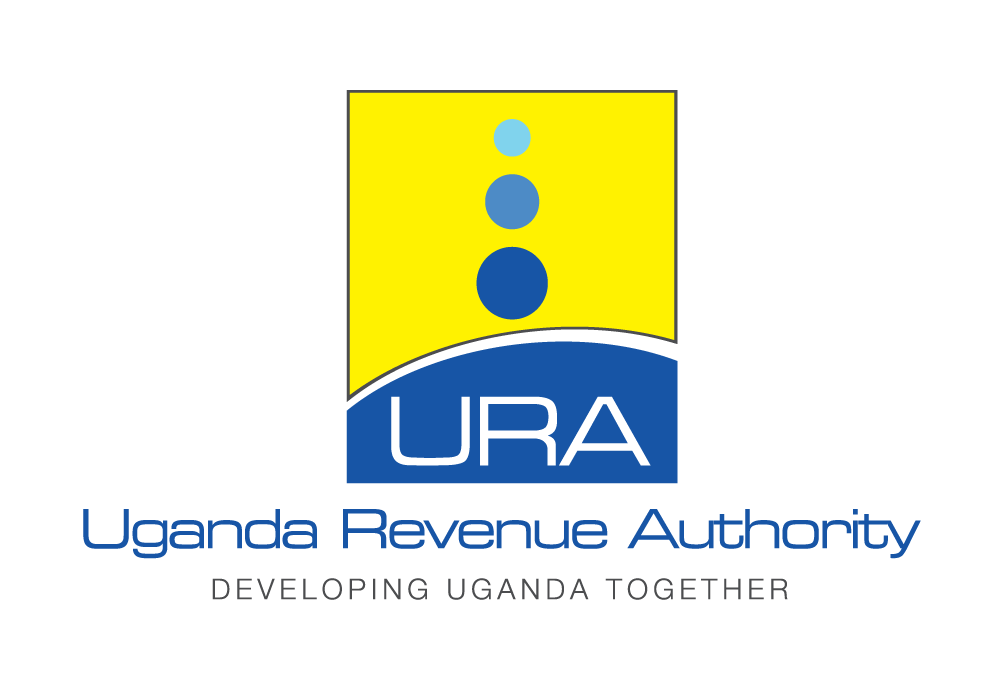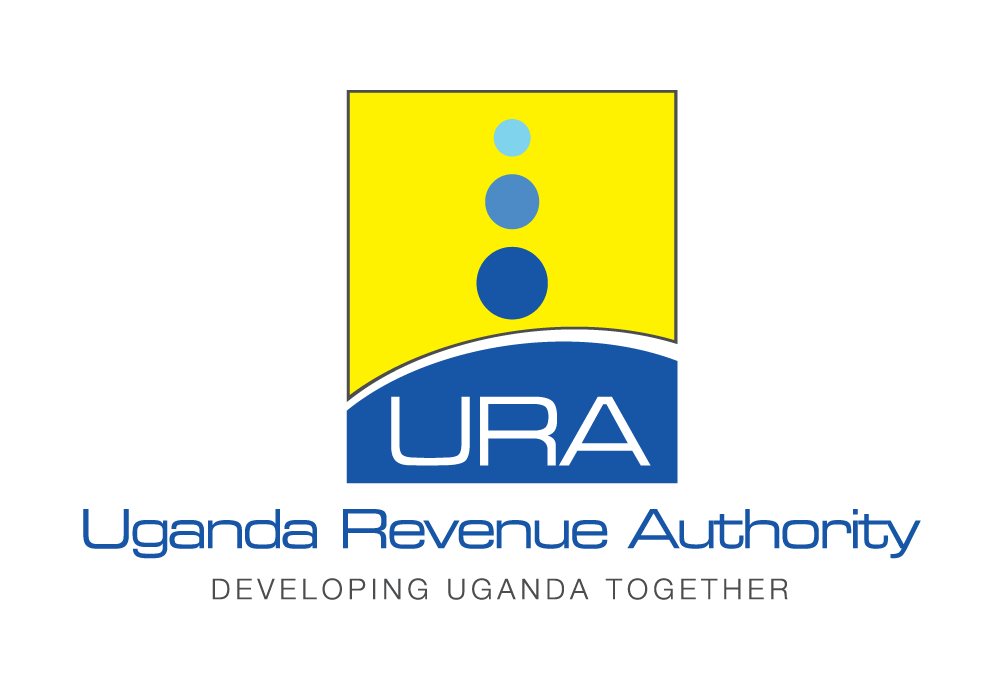- Home
- Warehousing of Goods
This is a customs regime which allows taxpayers to store goods in a customs bonded warehouse pending payment of taxes, exportation or re exportation and other customs processes
This means any place approved by the Commissioner for the deposit of un-entered, unexamined, abandoned, detained, or seized, goods for the security thereof or of the duties due thereon.
- For any client to clear with customs, he/she must have a tax identification number (TIN) and appoint a customs licensed clearing agent.
The following items may not be warehoused; acids, chalk, ammunitions, explosives, fireworks, dried fish, perishable goods, inflammable products except for petroleum products for storage in approved places, matches and any other goods which the commissioner customs may gazette.
- These are meant to secure and account for all goods entered for warehousing and as well guide staff/clients in management of customs bonded warehouse operations. The processes are summarized into cargo receipt, examination, management in warehouse facilities and These include
CARGO RECEIVING
- The customs barrier officer [who is the customs officer at the gate] together with bond keeper shall receive customs documents accompanying the cargo from the driver when it arrives at the entry
Cross check the transit document [T1] against cargo marks and numbers on the container and truck for consistency. And where consistent, the bond keeper retrieves the T1n from Asycuda world [The customs system used for tax transactions] and performs goods
2.The customs officer shall subsequently do goods validation/arrival and perform auto conversion from transit document [T1]to warehousing regime (IM7.)
3.Where documents and cargo are inconsistent, the officer shall raise a query or where offence has been detected, the offence management processes ensues otherwise the step (1-3) shall be performed.
CARGO MANAGEMENT AFTER AUTO CONVERSION TO A WAREHOUSING REGIME (IM 7)
- The auto converted IM7 shall go through system risk lane selectivity (RED, YELLOW, GREEN, BLUE)
- Those selected Green/Blue shall be auto released, while those yellow shall be processed to release by Document Processing Centre (DPC.)
- After entry release by DPC, the warehouse bond (CB6) is committed and cargo shall be offloaded into bond stores(warehoused).
- Where cargo has been selected Red, the declarant [who is the clearing agent] presents a copy of declaration to Bond in charge prior to physical examination
- An officer is either system auto allocated or manually assigned by the bond in charge to carry out physical
- An officer is either system auto allocated or manually assigned by the bond in charge to carry out physical examination
- After examination where the declaration conforms, the examination account is uploaded on the system, controlled and re-routed to yellow lane for document processing centre [DPC] processes to ensue otherwise offence management process is invoked. And where non-declared and under declared cargo is involved, it shall be deposited in customs warehouse for subsequent After release then step 3) shall apply
- Cargo is warehoused(stored) for a period not exceeding 270 days and beyond which goods shall be listed for auction
CARGO EXAMINATION/VERIFICATION
- The customs officer receives, studies and analyses documents
- He/she develops the examination plan g., tools needed, space and mode of examination.
- Customs officer confirms seals, marks, and numbers from the container/ truck in relation to documents presented in the presence of the owner or declarant (Agent).
- The customs officer will supervise offloading of goods and carry out physical
- After the examination, she/he will supervise loading back of goods and add customs seal for controlled
- The customs officer together with the agent shall reconcile and record examination
- In case of non-conformity, the customs officer highlights discrepancies and offence processes
- The examination account/findings are uploaded on the system, declaration is controlled and re-routed to yellow lane for subsequent DPC processing and
- After entry release, the warehouse bond (CB6) is committed, cargo shall be offloaded into bond stores and deemed warehoused
CARGO RELEASE AND EXIT
- The declarant/agent shall lodge a home consumption entry/declaration [im4] or re-export entry, pay taxes where applicable and same shall be processed to release by DPC
- Where cargo was imported under consolidation (groupage), consolidators shall before IM4 declaration de-group using House Bill of lading [HBL], apply in Asycuda for transfer of ownership of cargo to enable tax payment by individual consignees and same shall be approved by designated
- Upon DPC release, agent performs system print release function, lodges entry for exit, bond clearance and subsequent physical flag off of cargo/ goods
- Clearance with other government agencies and the seized cargo in customs warehouse is done co-currently.
- Upon performance of full exit function, the transaction transmits to Electronic Fiscal Receipting and Invoicing System (EFRIS) and client gets an electronic
- Where cargo is for re-export, it shall be subjected to physical examination process, upon DPC release of the entry, the agent shall generate Transit document(T1) and proceed to the customs officer at the gate for sealing, system departure and physical flag of/exist
- A public general goods bonded warehouse
- A public motor vehicle bonded warehouse (car bond)
- A private general bonded warehouse
- A private motor vehicle bond
- A manufacture under bond warehouse
All warehoused goods are allowed a period of 6 months and with written permission of the Commissioner a further period of 3 months
Additional period may be allowed under the following circumstances:
- Wines and spirits in bulk warehoused by a licensed manufacturer of wines and spirits
- Goods in duty free shops
- New motor vehicles warehoused by vehicle dealers
Where goods due for re-warehousing are not actually re-warehoused, then they are sold by public auction after one months’ notice of such sale by publication unless they are perishable
The proceeds are used in discharge of duties, any rent or charges due to Customs or to warehouse keeper, port charges, freight and any other charges
Subject to any regulations or conditions, all dutiable goods, with written permission of the Commissioner, may qualify for provisional release, but most importantly, goods cleared under Memorandum of Understandings, with partial/instalment payment of taxes, goods for repairs like Motor Vehicles, and any other goods that are pending further clearances by other government agencies
All dutiable goods but most importantly fragile, bulky, unassembled and or Heavy machinery plants subject to any regulations with written permission of the Commissioner.
The conditions include among others; Client having a safe, secure, sealable store/room, Making a customs declaration (SCT-PEV, or Warehousing Transit – WT8), upon Warehousing of goods in the bond on arrival, Make a written request to the Commissioner, confirmation of the nature of goods by the proper officer, upon grant of permission by the Commissioner in writing, the Warehousing declaration is released by Document Processing Centre – DPC, Client makes a customs declaration for Home consumption and pays initial taxes and subject to any other compliance checks, goods are then released provisionally for verification at Owners.
Unless otherwise, depending on the nature of goods, the average time for verification of goods in Bonds ranges between 3hrs and 12hrs for single clients and 12hrs to 24hrs for groupage cargo or consolidated goods within working days
No., it’s a customs satellite station and it clears received goods within 24hrs



